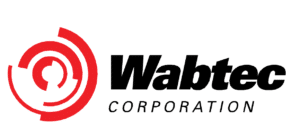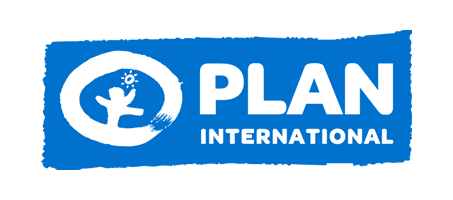Wabtec is a leading global provider of equipment, systems, digital solutions, and value-added services for the freight and transit rail sectors with over 27,000 employees in over 50 countries around the world.
The challenge
Wabtec has hundreds of suppliers all over the world, providing a wide variety of technologies such as Riveting, Gluing, Painting, Wiring, Welding, Machining, Assembly, Forging, Foundry, Radiography, Extrusion, Plating, PCBs, PCBA, Seals, and Plastics Injection.
The quality requirements are stringent, and hundreds of persons are involved in ensuring the quality of suppliers as well as internal operations.
To achieve high consistency and completeness of audits, save time and provide overall visibility of the quality requires a comprehensive digital solution. The use of standard Excel sheets is not good enough.
Using automated conversion routines Wabtec can convert Excel templates for doing audits to smart checklists and makes these globally available in the cloud service. Using its auto-update capabilities Poimapper automatically installs the templates on the mobile app when the user logs in to Android, iOS or Windows devices.
The app solution
The auditors can do the audit offline, adding images, summarizing and scoring the results, and obtaining the signatures by all parties digitally while still on site.
Poimapper automatically downloads the user’s existing audits to the app. The user adds new audits using the + icon.
The streamlined process
Wabtec auditors can choose to send the audit templates to the suppliers for recording their comments for each question applicable for their specific case.
Wabtec has added logic to the audit forms such that only applicable questions are asked based on the business unit doing the audit and the type of supplier involved.
If several auditors are involved, they can share the work by assigning the different processes to separate auditors. After each auditor has completed their part, they can submit and merge the results to one consistent report automatically.
Based on classifying the audits based on suppliers and sites, these can be compared overall or per process and either based on averages or based on trends over time. For further analysis, the auditors can easily transfer the data to analytics tools such as Power BI.








